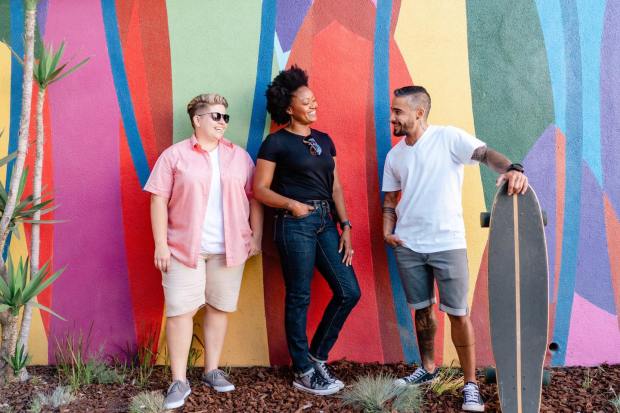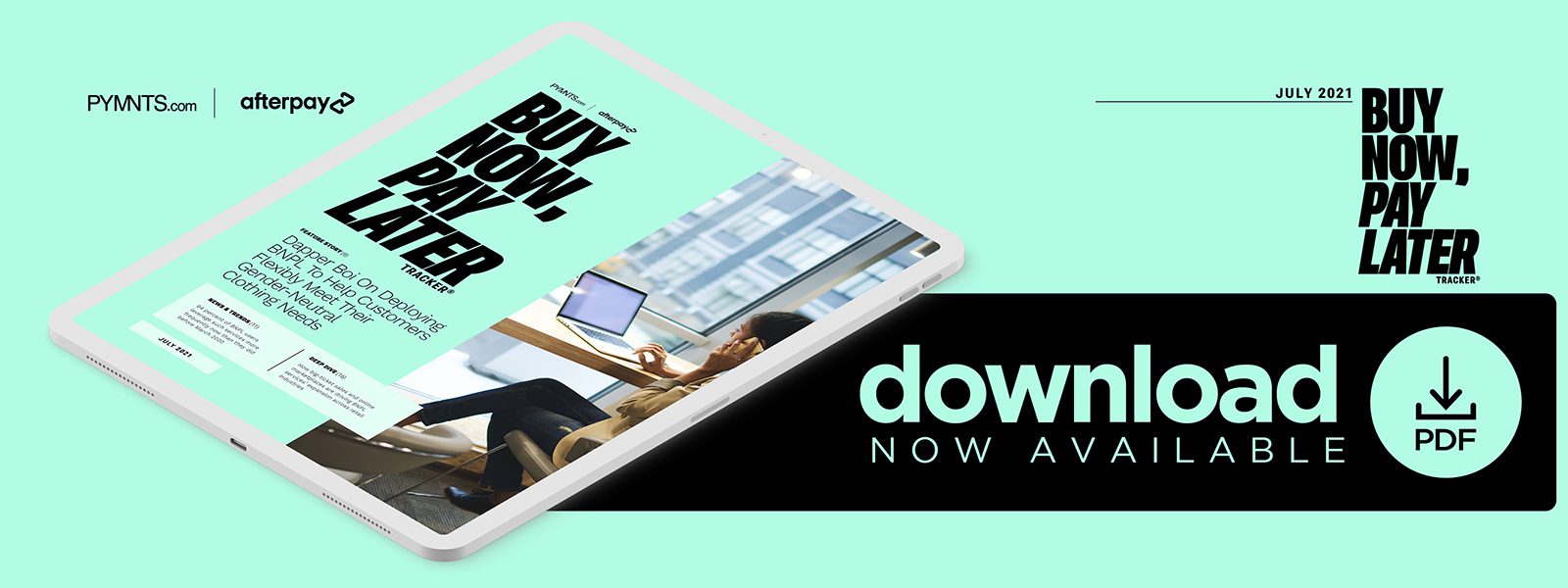Dapper Boi On Deploying BNPL To Help Customers Flexibly Meet Their Gender-Neutral Clothing Needs

Just as the gender-neutral clothing brand tailors its designs to meet customers’ unique sense of style, so too does it need to offer flexibility in payment options. Dapper Boi Co-founder Charisse Pasche tells PYMNTS that just as the company offers inclusive sizing to fit all body types, it also has installment payment plans to fit every budget.
Charisse Pasche started Dapper Boi, a gender-neutral apparel and accessories label, with her wife in 2015 with a crowdfunding campaign on Kickstarter. Six years and $1 million in revenue later, Dapper Boi represents a growing breed of small, independent retailers that use flexible online payments to reach audiences.
Pasche told PYMNTS that Dapper Boi’s goal is to be inclusive in the fashion items it sells as well as in the payment options it provides. The company caters to consumers who shop for gender-neutral clothing but who may need a fit that traditional masculine clothing styles do not offer.
“Our primary customers at this time are women who prefer to present in attire that is traditionally considered masculine,” Pasche explained. “Our clothes have a classic masculine look, but they are designed to fit the curves of anyone’s body. Most of our collection has sizes designed to fit … all body types.”
The couple launched Dapper Boi after Pasche’s wife faced challenges in finding the clothing styles that she wanted and the sizes she needed, Pasche said. They realized that there was a need for clothing and other accessories that would appeal to others with similar tastes and figures. Meeting consumers’ varied needs also required providing flexibility in pricing and payment, she noted.
Offering simplified payments is another critical way to make products more accessible to customers, and Dapper Boi thus turned to BNPL provider Afterpay’s solution to make installment payment plans a part of its effort to streamline consumers’ shopping experiences.
“We offer an Afterpay payment option that breaks up order payments into four equal amounts,” Pasche explained. “About 10 percent of our customers currently use Afterpay.”
BNPL’s growing appeal for small fashion retailers
Dapper Boi observed that customers stepped up their BNPL usage last year, with consumers across all demographics showing interest. Research shows that many consumers, especially millennials, view BNPL as a way to more affordably make purchases from their preferred clothing brands. Customers are becoming more interested in payment methods that can limit credit card fees and promote more budget-conscious spending.
PYMNTS’ research also reveals that BNPL is experiencing a surge in popularity among growing businesses in larger cities and urban areas, where a broader range of demographic groups typically reside. Small to mid-sized businesses (SMBs) such as Dapper Boi sometimes face stiff competition for customer interest in these crowded urban markets, and being able to leverage BNPL can give these companies a boost against larger, more established firms.
Growing SMBs have also reported notable increases in the number of consumers using BNPL when shopping with them over the past 15 months, most likely caused by the numerous financial challenges of 2020. Many retail locations closed due to public health requirements, and consumers had less disposable income due to economic uncertainties.
Pasche believes that many of BNPL’s benefits will keep Dapper Boi’s customers engaged in the long run even as the pandemic wanes. The payment option takes at least some of the budgeting guesswork out of shopping, she said.
“The BNPL approach expands our reach, and, more importantly, allows our customers to purchase more products, like a snappy Henley [or] polo shirt to complement their new Dapper Boi jeans,” she explained. “We expect usage of a BNPL option to grow along with the growth of our product offerings.”
BNPL is poised to continue rising in popularity even as the pandemic becomes less threatening in certain markets. Retailers that leverage the method are likely to draw in new customers eager to more flexibly afford higher-end retail products and fashion items that fit their bodies — and their budgets — to a T.
